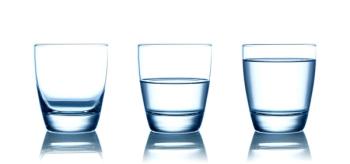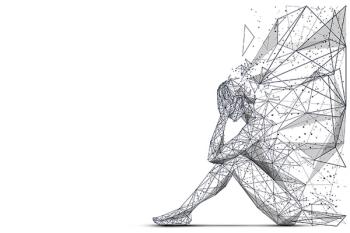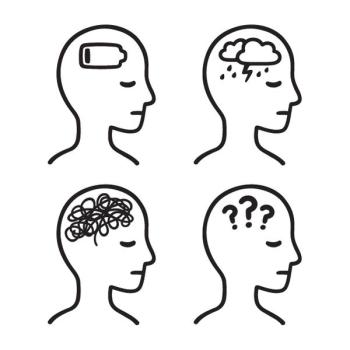
What do these have to do with CBT, creative visualization, and contemporary psychiatry?

What do these have to do with CBT, creative visualization, and contemporary psychiatry?

Associated outcomes include higher rates of psychiatric hospitalization and mortality.

Sleep, depression, and bipolar disorder: what's the connection?

Effective treatment of depression in individuals with comorbid depression and type 2 diabetes mellitus is important for both conditions.

May his words and ideals continue to inspire...

The FDA has given Investigational New Drug clearance for a clinical drug-drug interaction study of R-ketamine (PCN-101).

Here’s how to help patients see the light when faced with the winter blues.

The glass is half full: reflections on where we are and hope for where we are heading in psychiatry.

Study also suggests link between postpartum depression and insomnia.

Psychiatric Times featured a wide variety of psychiatric issues in this year’s CMEs.

Research identifies common reasons and coping mechanisms for depression that increases during the holidays.

Caplyta is now FDA-approved for depressive episodes from bipolar I and II.

Data from a clinical program evaluating the efficacy and safety of zuranolone was presented at the American College of Neuropsychopharmacology Congress. What new developments did they share?

Research also shows increased prevalence of social risks and unmet social needs.

How can transcranial magnetic stimulation help patients with treatment-resistant depression?

Treatment-resistant depression: how to diagnose, what treatment options are available, and how to best help patients.

What is the connection between inflammation and mood disorders?

How can we improve treatment response? Look to the patient.

Loss and suffering can be hard for both patient and provider. Here’s what we know, what we need to learn, and how to protect yourself as a clinician.

What's new and noteworthy in children and adolescent psychiatry?

Results suggest that psilocybin therapy may prove to be helpful in improving quality of life for patients with cancer.

Larger cities may provide a protective buffer against developing depression.

Lisa Harding, MD, and Angelos Halaris, MD, PhD, APA, ACNP, CINP, give advice to any clinicians considering the use of intranasal esketamine for treatment resistant depression.

Drs Harding and Halaris review the requirements health care settings must follow in order to procure, prescribe, and dispense intranasal esketamine as treatment resistant depression therapy.

Two psychiatrists discuss the importance of intranasal esketamine having a Risk Evaluation and Mitigation Strategy (REMS) and how that impacts treatment for treatment resistant depression.